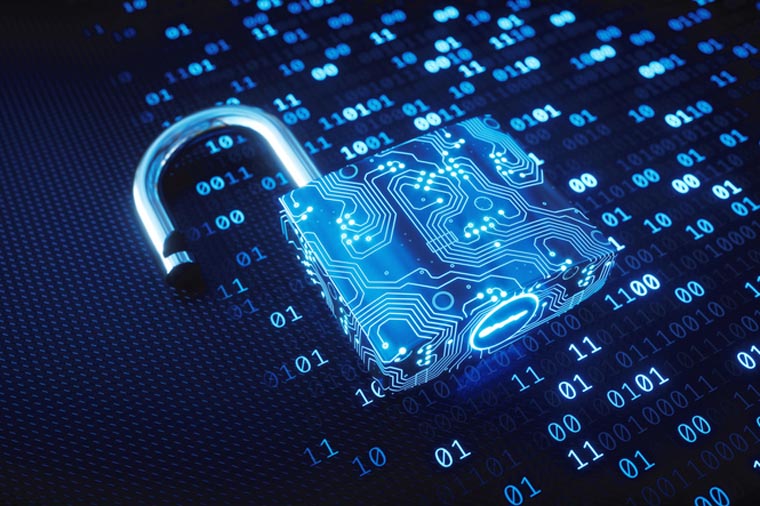With the creation of new electric systems, cybersecurity is a priority. As a part of the Bipartisan Infrastructure Law, $30 million in funding is allotted to support research, development, and demonstration to protect clean energy delivery infrastructure from cyber-attacks.
According to the U.S. Department of Energy: “This funding supports the Biden-Harris Administration’s efforts to build strong and secure energy infrastructure across the country, which is key to bolstering America’s energy and national security and reaching President Biden’s ambitious clean energy and climate goals.”
The Office of Cybersecurity, Energy Security, and Emergency Response or CESER plans on awarding this funding opportunity to approximately 10 different awards. The first focus is improving the ability to quickly identify the source of a cyber attack and mitigate the impact. The next focus is identifying cyber vulnerabilities against inverter-based resources, which play an important role in delivering clean energy. Another focus is creating secure communications between Distributed Energy Resources and Distributed Energy Resource Aggregations. The final focus is strengthening the cybersecurity of virtual power plans.
Another $39 million of funding for nine National Laboratory projects to advance the cybersecurity of distributed energy resources.
The funding for their projects were awarded to Argonne National Laboratory, Brookhaven National Laboratory, two different projects for Lawrence Berkeley National Laboratory, National Renewable Energy Laboratory, Oak Ridge National Laboratory, Pacific Northwest National Laboratory, and two projects for Sandia National Laboratory. For more information on the projects click here.
A part of the funding has also been directed towards an Energy Threat Analysis Center pilot which takes experts from the federal government and the U.S. energy sector to discuss how secure and respond to energy system threats.
Tagged with DOE, electrification, electrifiED





